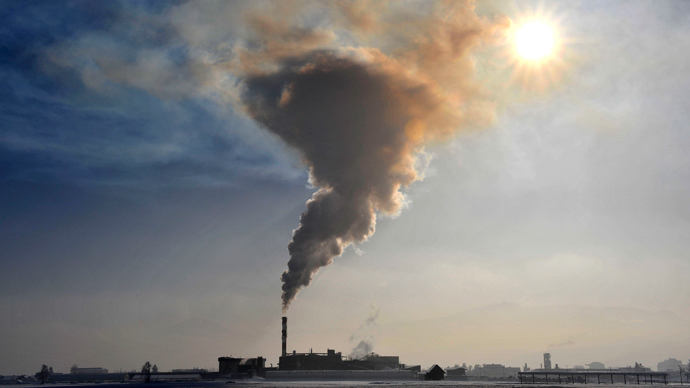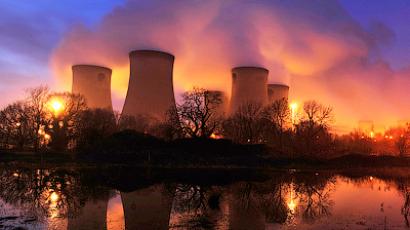Over 90% of people in Europe’s cities breathe dangerous air – study

More than 90 percent of people living in European cities breathe dangerous air, according to a report by Europe’s environmental regulator. It causes 430,000 shortened lives every year and costs EU governments tens of billions in hospital admissions.
The report by the European Environment Agency
(EEA) reveals that despite a steady decline over the past ten
years in the most harmful air pollutants such as carbon monoxide
and lead, there is still significant air pollution caused by road
transport, industry, power plants, and farming.
Air pollution is leading to acid rain, a loss of biodiversity,
reduction of visibility, and damage to buildings and materials,
according to the report.
The publication also exposes the difference between World Health
Organization (WHO) recommendations and legal EU limits,
particularly with regard to particulate matter (PM), a pollutant
made up of tiny particulates of dirt and soot from burning fossil
fuels and low-level ozone - a dangerous gas formed when sunlight
reacts with some pollutants.
Particulate matter measuring less than 10 microns (PM10), or 10
millionths of a meter, can lodge in the airways and cause
respiratory problems.
The authors of the study found that PM and ground-level ozone are
a major source of breathing problems and cardiovascular disease,
and directly decrease life expectancy.
Eastern European countries such as Bulgaria, Poland, and Slovakia
- where some Soviet-era heavy industry remains - were found to be
the most exposed to PM pollution, mainly from coal and wood
burning.
“Particulate matter remains a serious threat to health,
because no threshold for PM has been identified below which no
damage to health is observed. In Western, Central and Eastern
Europe it was 430,000 premature deaths,” the study found.

While the WHO predicts that up to 98 percent of Europe’s urban
population may be exposed to dangerous levels of air pollution,
the EU, in stark contrast, says that only up to 33 percent are
exposed, according to data published in the study.
“European citizens often breathe air that does not meet the
European standards,” said the EEA.
Britain has been one of a number of EU countries to argue that
Europe should not raise air pollution levels and has actively
tried to stall any rise in EU legal limits, in a bid to avoid
having to reduce the number of vehicles on the road or having to
force outdated industry to invest in expensive new equipment.
While the UK has seen an improvement in some air pollutants, such
as carbon monoxide and sulphur dioxide, researchers singled out
Britain for failing to deal with a rise in nitrogen dioxide from
diesel vehicles, particularly in London.
There is also concern about the damage of air pollutants on
ecosystems and vegetation, particularly as a result of exposure
to low-level ozone.
European Commissioner for the Environment Janez Potocnik wrote in
a summary of the report’s findings that air quality is still a
major challenge for the EU.
“We are still far from our objective to achieve levels of air
quality that do not give rise to significant negative impacts on
human health and the environment,” he said.














